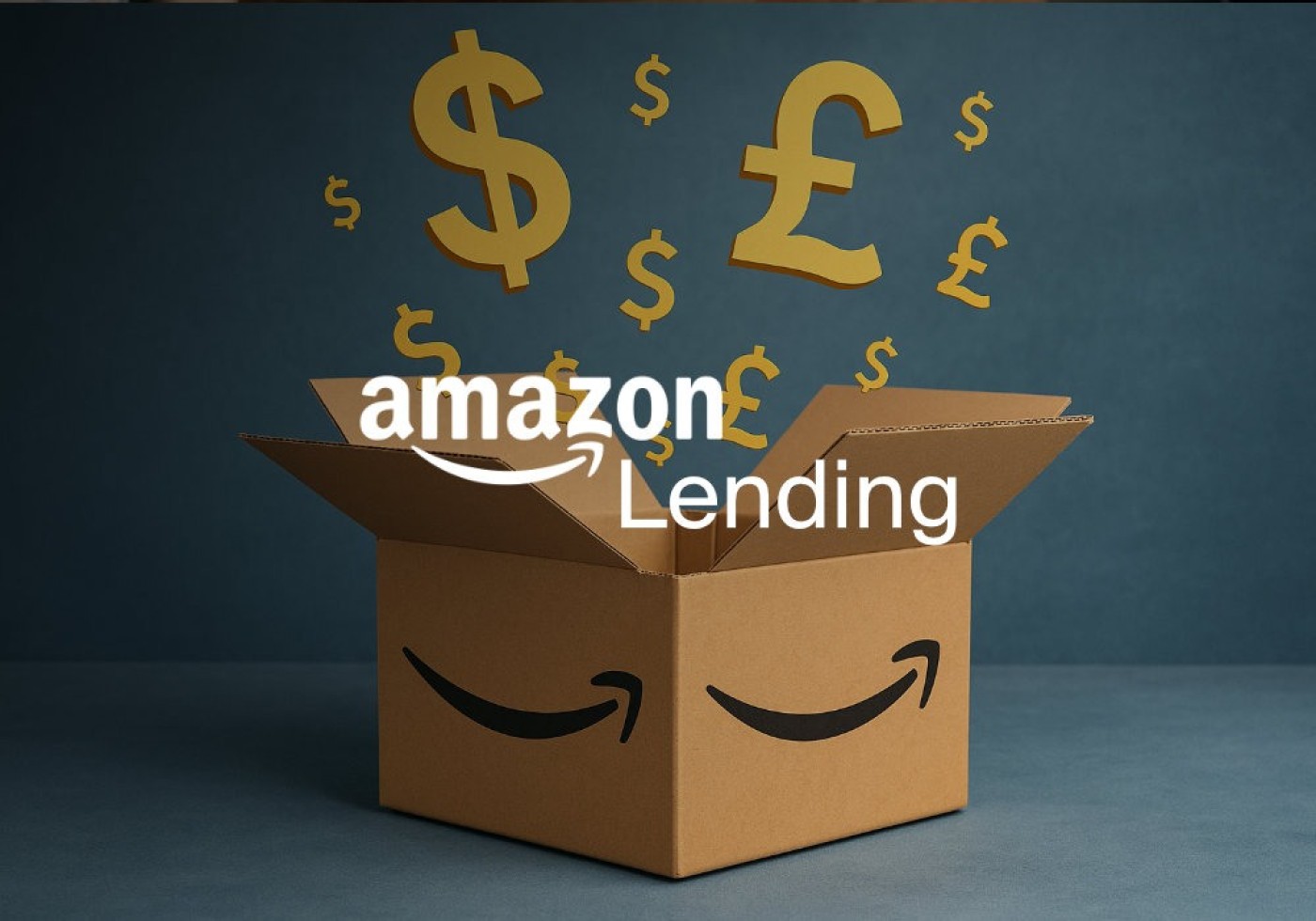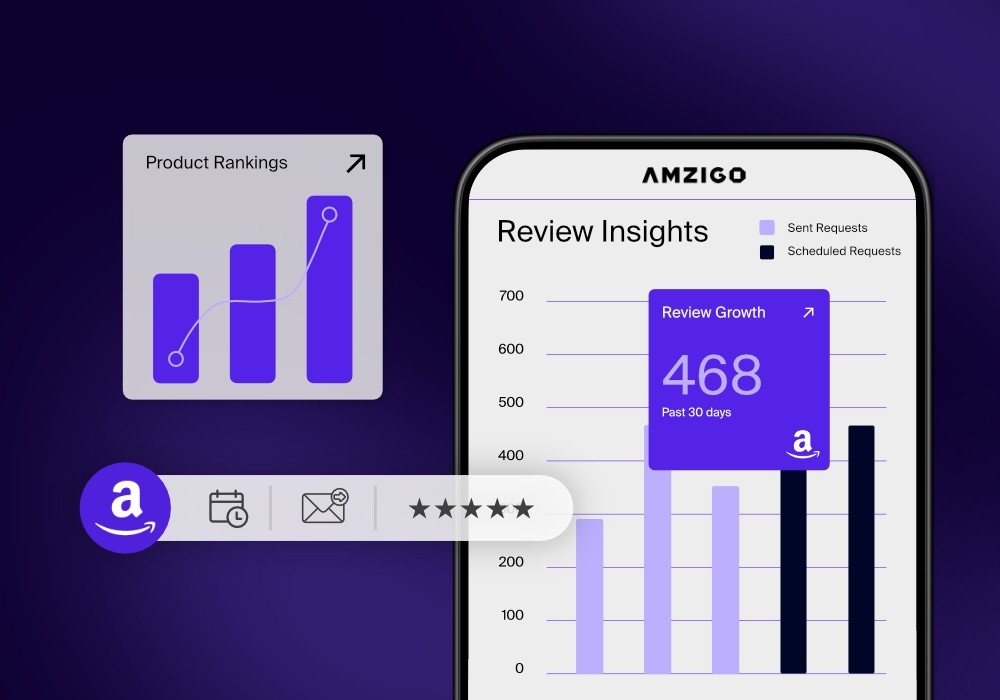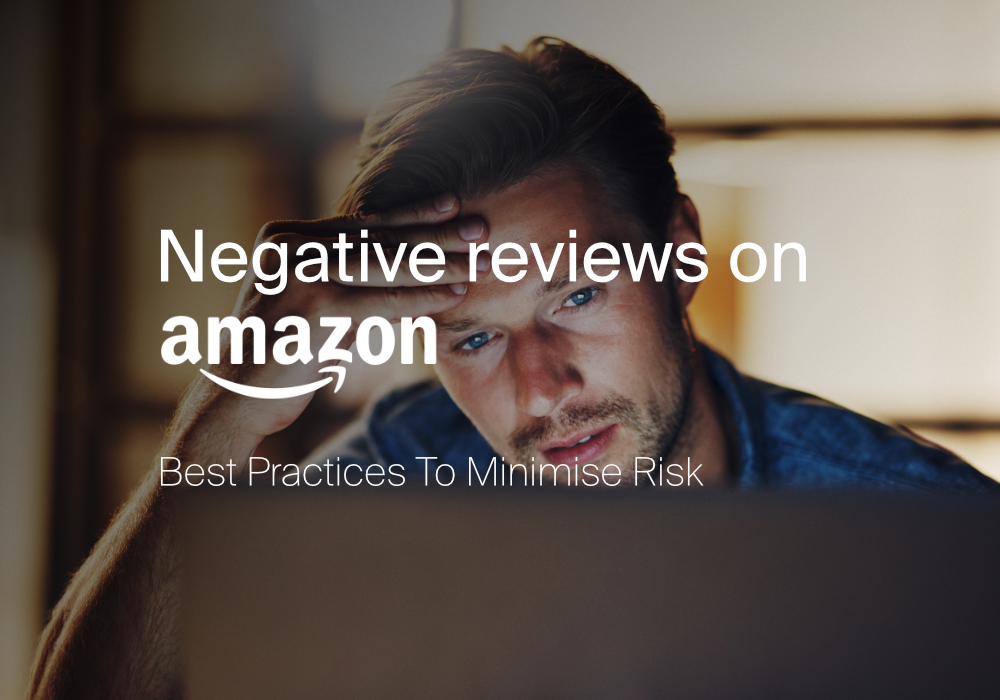Cashflow is the lifeblood of any Amazon business. You may find yourself facing tight inventory, a seasonal spike, or the need to expand your product line. In those moments, many sellers look to what feels like the easiest solution: Amazon Lending or seller financing tied to the Amazon platform.
At one time, Amazon used to underwrite loans directly — but recent changes have shifted much of that burden to third-party partners. That transition brings both opportunity and risk. Understanding how Amazon Lending (and its successors) works — especially in the U.K. and U.S. — is critical if you’re considering using debt to grow your Amazon business.
In this article, we’ll cover how Amazon Lending works (or worked), the benefits and dangers, real stories from sellers, and safer alternatives you should consider first.
What Was (And What Is) Amazon Lending?
U.S. Context
- Historically, Amazon Lending in the U.S. allowed eligible sellers to receive capital via offers in Seller Central.
- Loans or merchant cash advance (MCA) style funds were repaid automatically as a percentage of future sales.
- The appeal: fast underwriting (no heavy paperwork), low friction, and direct integration into your seller account.
- Over time, concerns emerged about defaults, underperformance, and the burden the program placed on Amazon’s capital exposure.
U.K. & Recent Shifts
- In the U.K., Amazon Lending continues via partnerships (e.g. with TradeBridge) offering term financing to sellers up to £5 million, with repayment terms up to 18 months. Amazon Seller Central
- Flexible financing lines are also available through YouLend in the U.K., where sellers can draw from a pre-approved line and repayments are tied to sales. UK About Amazon
- In 2024, Amazon announced that its internal lending arm would cease underwriting new loans — moving the offering to third-party finance providers only. Run Viably
- For U.K. sellers, the TradeBridge / Amazon term financing is an example of how Amazon is still offering capital, but not via direct internal lending. US Press Center
The Upside: Why Some Sellers Turn to Amazon Lending
Amazon-related financing has clear benefits that appeal to sellers:
- Speed and convenience
You often don’t have to provide full business plans, bank statements, or external collateral (beyond your Amazon performance). Because Amazon has your sales data, underwriting is simpler and faster. Sell on Amazon - Integrated repayment structure
Repayments (or withholding) are automatically taken as a portion of your future Amazon sales, which reduces the risk of manual default. This automatic servicing is easier operationally. - Growth acceleration
You can use the funds immediately — to stock up ahead of Prime, Q4, or launch a new SKU — rather than waiting to build capital organically. - No credit score hit in some cases
Because Amazon (or its partners) uses internal performance metrics rather than credit history, applying might not impact your external credit score. Sell on Amazon UK - Tailored offerings
In the U.K., Amazon/TradeBridge term financing offers up to £5 million, which is a relatively large scale for many small and mid-tier sellers. US Press Center
The Downfalls: Why Amazon Lending Is Risky
Debt always carries risks, and Amazon-tied lending comes with unique pitfalls. Here’s what sellers need to be cautious about:
- High effective cost
Even if interest rates seem reasonable, the withheld portion of your future sales can create an “effective rate” much higher than nominal. You lose flexibility and margin on future revenue. - Cashflow squeeze
Paying a portion of sales every week or month reduces your liquidity. If your business has a weak sales period, that repayment can worsen your cash crunch. Hidden fees or penalties
Some sellers have complained about ambiguous terms or aggressive withholding by partner firms like Parafin. On a seller forum:“Sad Amazon uses a ruse loan company like Parafin that reimburses itself with a % of your sale proceeds. Makes your cash flow even worse.” Amazon Seller Central
- Program changes and shutdown risk
Amazon deemed that its internal lending arm would “close its books” in 2024, meaning no new direct underwriting. Sellers with existing loans continue to service them, but future availability is via third parties. Run Viably Over-enthusiasm and bad inventory risk
A Reddit seller’s cautionary story:“We invested in bad inventory, and had to take out bad loans to buy more inventory that flopped… MASSIVE amounts of loan/credit card debt.” Reddit
Borrow too much in the wrong SKU, and you’re trapped with unsold stock and high cash pressure.- Overleveraging your business
If your margins are tight, taking on debt that reduces your flexibility can backfire. Also, your ability to borrow again can become limited by existing obligations. - Automatic repayment inflexibility
Because repayments are tied to sales, you lose control over when and how much you repay. There’s less negotiating room compared to traditional bank loans. - Changes in partner terms
Since Amazon now offloads lending to partners, each lender may have its own terms, fees, and risk appetite — creating uncertainty for sellers.
Real Seller Stories: Lessons Learned
- Parafin & Cash Advance complaints
Some sellers claim the partner (e.g. Parafin) aggressively collects via withholding, making their cashflow worse rather than better. Amazon Seller Central - Shutdown of Amazon’s internal lending
Many sellers were blindsided when Amazon announced it would no longer underwrite new loans internally — shifting all new lending to third-party providers. Some sellers expressed concern about losing the “trusted Amazon brand” backing. Run Viably - Debt spiral from bad inventory
On Reddit, one seller described investing borrowed capital into slow-moving or untested SKUs and ending up in high debt levels and even bankruptcy pressure. Reddit
These stories highlight the importance of caution: borrowing can work — but only if you manage it wisely and match the risk to your operational strength.
Is Amazon Lending a Good Idea for Cashflow-Strapped Sellers?
It depends. Here’s how to decide if it’s appropriate for your situation:
✅ It might be reasonable if:
- You need a short-term injection to cover seasonal stock before Prime, Q4, or Black Friday.
- You have a strong history of sales, clear SKU performance, and healthy margins.
- You can forecast ROI (i.e. the borrowed capital will generate more profit than its cost).
- You are okay with automatic withholding and understand the repayment mechanics.
❌ It might be dangerous if:
- Your business is unstable, or recent months show declining performance.
- You don’t yet have clear product-level data or proven best-selling SKUs.
- You cannot absorb a drop in liquidity during slower sales periods.
- You lack discipline around margin control and cost management.
In short: borrowing works best when it's a calculated, temporary boost — not a long-term crutch.
Better Alternatives to Amazon Lending
If you need cash, but don’t want the risks of Amazon-tied debt, consider these alternatives:
- Business loans from marketplaces/funded lenders
In the U.K., lenders like Fleximize offer unsecured or secured business loans tailored for Amazon sellers. Fleximize - Revolving credit lines or credit cards
Lines of credit or business credit cards with reasonable interest and the option to pay flexibly may be safer (but watch rates and discipline). - Invoice financing / factoring (for Vendor sellers)
If you are a vendor with Amazon owing you payables, you can use factoring to get cash now on future receipts. - Equity investment or partner capital
Bring in a silent partner, investor, or crowdfund to avoid debt and share risk. - Bootstrapped growth / reinvest profits
Slow growth with reinvested profits avoids risk altogether — though it’s slower. - Smaller short-term advance / peer-to-peer lenders
Use smaller, less leveraged advances from marketplaces that compete on flexibility and transparency. - Amazon’s newer financing via partners
Since Amazon internal lending has largely closed, their newer third-party partner system (e.g. TradeBridge) is one alternative — but treat it with the same scrutiny. US Press Center - Crowdfunding or pre-sales
For new SKUs, gathering pre-orders or customer funding can reduce your risk instead of borrowing.
Key Takeaway
Amazon Lending (or its successor financed models) can offer fast access to capital, which is attractive when you’re strapped for cash. But the risks are serious: high effective cost, cashflow squeeze, inflexibility, and exposure if sales slump.
The safer route is to use debt sparingly, ensure you understand all terms, and always compare to alternatives. Use borrowing as leverage — not as a crutch. The best growth comes from consistent profit, data-driven SKU selection, and internal cash reinvestment.
If you’re considering Amazon Financing, run a scenario model (sales, margin, payback) first. And make sure any lender you choose is transparent, accountable, and aligned with the realities of e-commerce risk.



